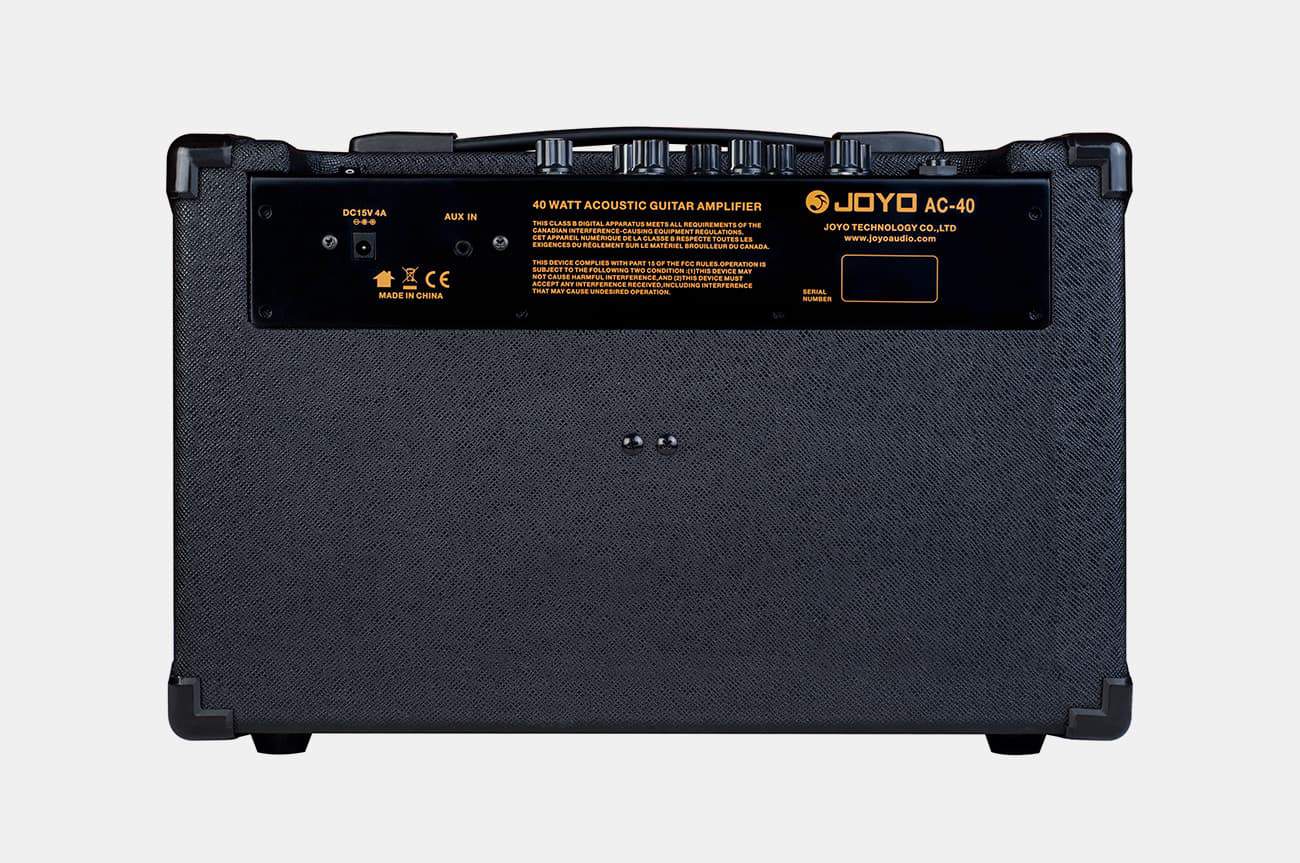
The CC2 version has two 12” Vox Wharfedale speakers, and a footswitch for the tremelo and the reverb.
#AC30 AMP SERIES#
Vox release limited edition versions of the series as well as the classic. The only drawback that might favour the 15watt over the 30 is its size and weight, which whilst not extreme are quite significant. With a range of tonal options, including the famous ‘Top-Boost’ channel, as well as spring reverb and tremolo, you can achieve many different classic sounds out of one amp. It can be heard time and time again on classic records, and plays a large part of the sound of the ‘British invasion’. The all-tube, twin speaker configuration creates a classic tone that is bright and ‘jangly’ when clean, and rich and creamy with bell-like overtones when overdriven. Popularized in the sixties, with acts like the Beatles, the Shadows and the Rolling Stones, in recent years it has seen use with bands such as U2 and Radiohead. At 30 watts, the amp packs more than enough of a punch for club gigs, and can be seen being played by iconic bands the world over. This article originally appeared in VG ‘s April ’01 issue.Introduced in the late fifties, the AC30 was designed as a big brother to the 15 watt model. Fortunately, as part of the retro and reissue craze of the ’90s, the AC-30 has been reissued in its original design, with a sound very close to the highly soughtafter originals: the sound that makes the Vox AC-30 part of the VG Hall of Fame.Ī 1960 Vox AC-30. But there are some excellent resources available, including The Vox Story by David Peterson and Dick Denney (Bold Strummer, 1993). The collectible AC-30s are somewhat rare and often difficult to distinguish from later versions.

Those seeking an original AC-30 must shop carefully, and with more than a little knowledge.

The AC-30 was as much a victim as the rest of the line. What looked like a promising step was actually the beginning of the decline as amplifier circuit designs were changed, and the tone that originally defined the amp was lost. market until it arranged with the Thomas Organ Company to distribute the line in America. But while Vox was popular in England and Europe, the company never achieved its hope of deep penetration into the large U.S. This certainly gave the Vox AC-30 Top Boost, as it was known, an over-the-top sound. The early amps used Celestion G12s made exclusively for Vox and featured a blue-painted metal frame, which became the foundation for the legendary Vox Bulldog speaker used later.Īn added feature came in the form of a “Top Boost” circuit, first incorporated in the early ’60s as a way to add brightness to the sound, and partially in response to Fender’s bright switch on its higher-output tolex-covered amps. The final part of the recipe was the use of two 12″ speakers. Another key to the AC-30’s distinct tone was the use of four EL-84 output tubes. This yields a thick, crunching tone, but also makes the amp somewhat unstable and prone to failure. One of the secrets of the Vox AC-30 sound was its Class A design Denney incorporated (which basically means the amp runs full-up all the time, even when the volume is turned down).

This amp is dressed in full-on traditional Vox livery, with black basketweave vinyl, brown diamond grill cloth and suitably proportioned gold logo badge. Vox amps were a collaboration beginning in the late ’50s between music store owner Tom Jennings and electronics guru Dick Denney. The AC30S1 is essentially a stripped-down AC30, with a single channel based on the classic Top Boost circuit and a slightly narrower cabinet holding a single 12-inch loudspeaker. The secret to the sound is a cranked Vox AC-30 amp. Many guitarists trying to emulate the Beatle’s heavy guitar tone on the Revolver album could never get that over-the-top sound on songs like “Taxman,” or “She Said,” or the dreamy “Tomorrow Never Knows” even when they used effects pedals. At various times Vox amps were used by The Animals, Rolling Stones, The Hollies, Manfred Mann, and the Dave Clark Five, among others. Whilst its true that Vox do make amps that. And these amps certainly provide distinct coloration to the amplified signal, with different, but equally musical tones.īut bands leading the early British “invasion,” beginning with the Beatles, used other amps, the best known of which was the Vox. If you go to any decently decked-out recording studio, chances are theyve got an AC30 or AC15 hiding somewhere. Electric guitarists often speak of the “Fender sound” or the “Marshall sound” when referring to amplifiers.


 0 kommentar(er)
0 kommentar(er)
